Exploring Katavi's untouched wilderness
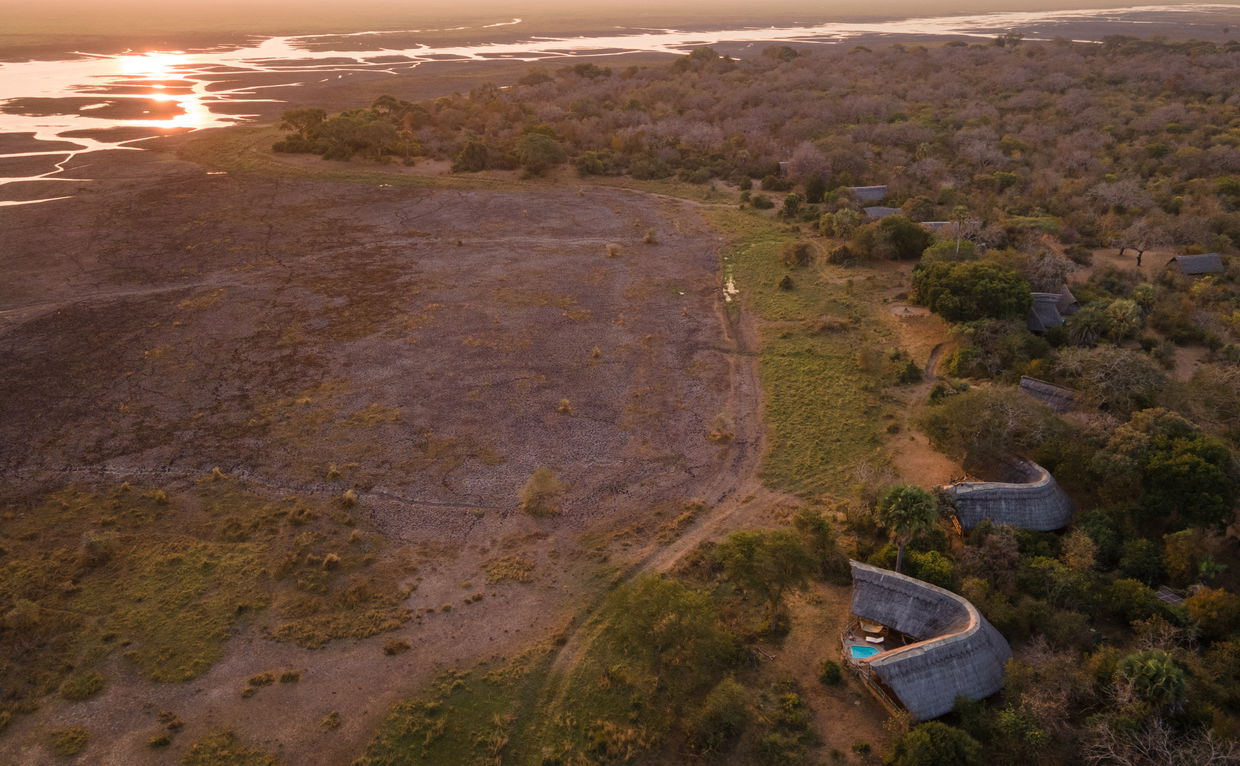
Far removed from the trodden tyre tracks of more frequented national parks and safari camps, I'm wallowing in the private plunge pool of our spacious Meru-style, tented suite at Katavi Wildlife Camp, indulging in a moment of solitude. Or so it seems. The silence is punctuated by the unmistakable sound of cracking branches, which signals that elephants are on my doorstep.
My gaze meets a herd of elephants seemingly unaware of my presence. The matriarch leads the procession, followed by a parade of adults, two playful calves and an adolescent male. The other elephants follow her cue as she wraps her trunk around an acacia tree branch to skilfully strip it. This is an intimate glimpse into their world, as they unhurriedly meander through the camp between tents with an air of unassuming ownership. This is their home after all, we are merely visitors. It’s moments like these that capture the essence of Katavi – where wildlife and people each acknowledge the presence of the other without any expectation.
My retelling of this intimate encounter over sundowners around the bonfire reminds Bruce Fox, co-owner of the family-run Foxes Safari Camps, of the time he had a similar encounter of the wild kind. Bruce was sitting on the ground floor beneath the makuti-thatched dining area, when an adult elephant approached to hoover up fallen pods from an acacia tree. As it was displeased with its pillage, the elephant leaned against the trunk of the tree and rocked it back and forth to dislodge more pods, shaking the dining area’s wooden deck. “He was so close that he could have touched and sniffed us with his outstretched trunk if he wanted to,” recounts Bruce.
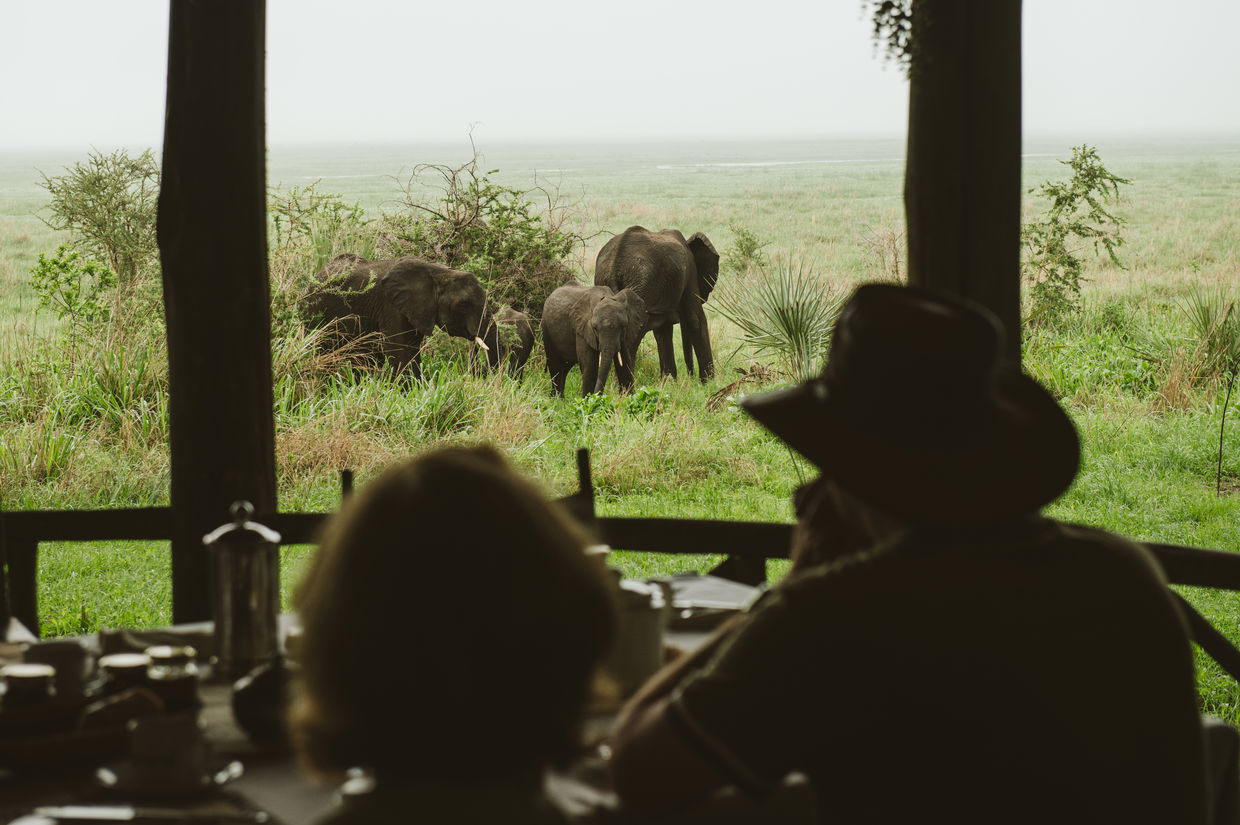

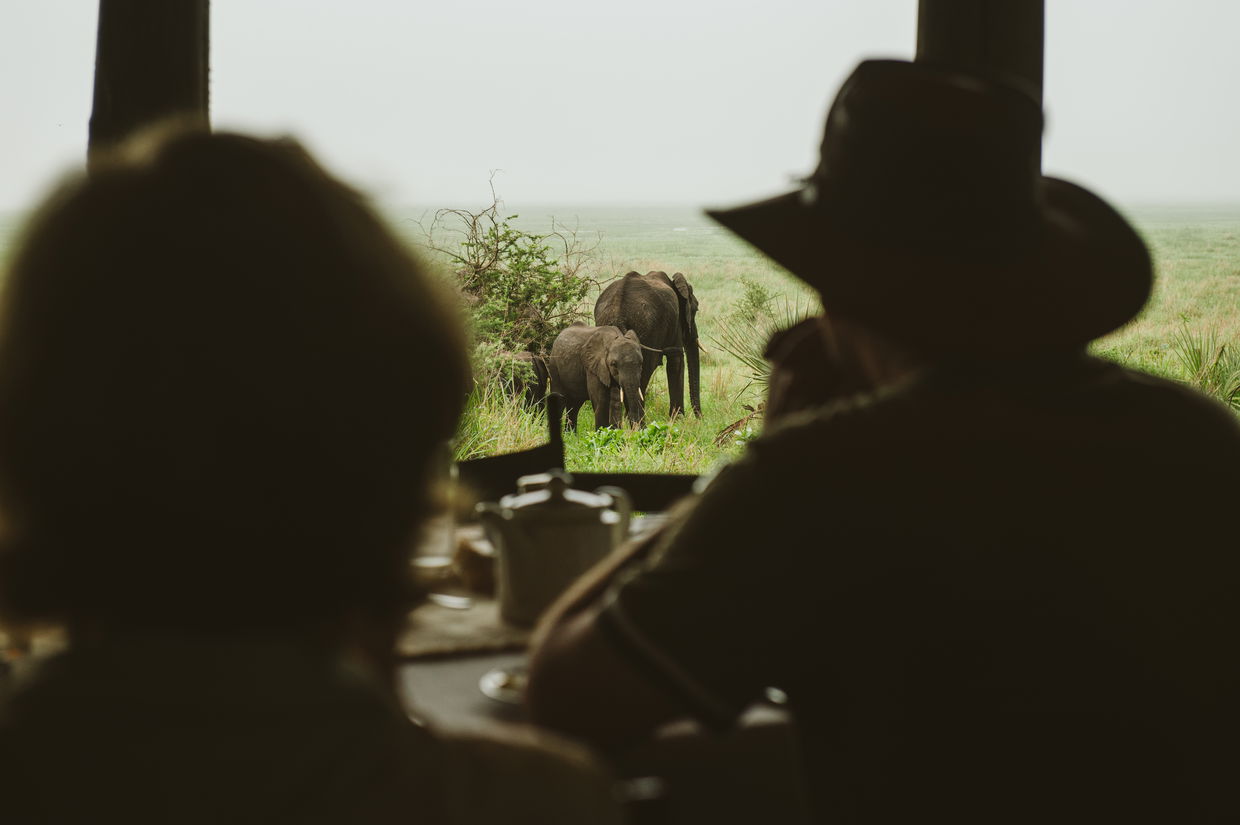
Location, location, location
Katavi’s appeal is found in its rugged remoteness, which deters the faint-hearted. Fewer tourists and the national park’s unspoiled, far-stretching landscapes have seen it dubbed the country’s ‘wild west’. The allure of Tanzania’s less-visited western safari circuit lies in its high concentrations of wildlife that makes it well worth the journey to get there.
On his first visit to the national park in 1999, it took Bruce’s entourage four days to travel via gravel road from Dar es Salaam, in the direction of Zambia, before the road redirected in a north-westerly direction. These days, it’ll take around 24 hours to drive along the same route, which is almost entirely paved.
Today, like me, most travellers hop on a biweekly, scheduled Safari Air Link flight from Ruaha National Park to Katavi and onwards to Mahale Mountains National Park. The airline’s fleet of Cessna 208s connect Tanzania’s more popular travel destinations to remote corners of the country, so that travellers have more time to spend on safari. This ‘western safari circuit’ also connects to the ‘southern safari circuit’ which takes off from Ruaha National Park and flies to Mikumi National Park, Nyerere National Park, Zanzibar, Mafia Island, Dar es Salaam and Serengeti National Park.
This bird’s eye view perspective showcases the thriving ecosystems that the national park supports, from the Miombo woodlands that shelter Katavi Wildlife Camp to sweeping grasslands, three floodplains – Chada, Katavi and Kitasunga – and the seasonal Lake Katavi and Lake Chada, which are drained by the Katuma River during the long dry season (June – late October). Katavi offers its best game viewing when the water dries up. This is when thousands of plains game (zebra, impala, hartebeest, Defassa waterbuck, topi, sable, roan) congregate around remaining water sources.
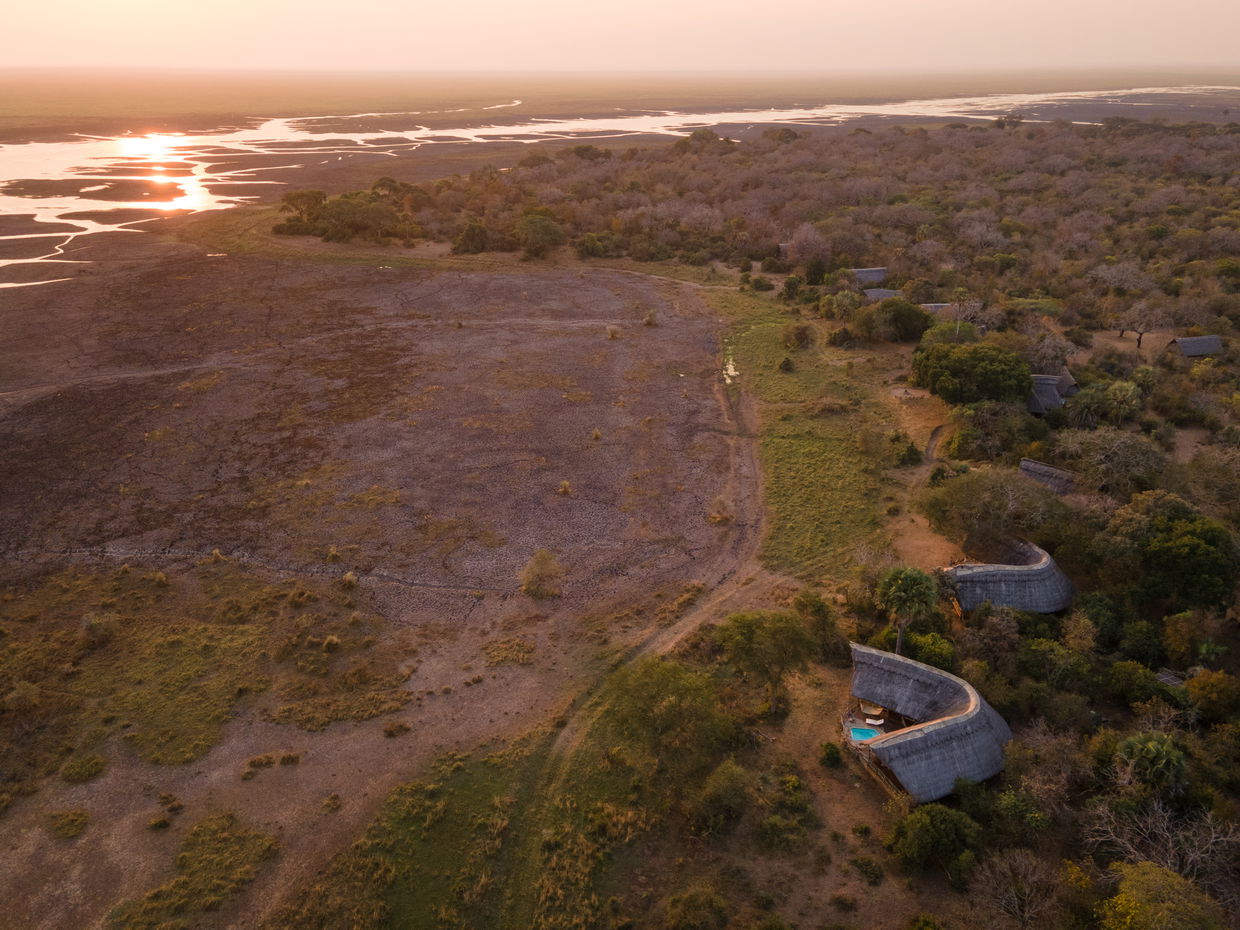
This density of wildlife per kilometre squared seems to rival that of other national parks in Tanzania, explains our guide Kelvin Mwipopo during a half-day game drive along the 12km-long Katisunga safari circuit. In fact, it has become somewhat of an urban legend that’s stated as undeniable fact. Indeed, the national park is home to thousand-strong buffalo herds (some of the largest documented anywhere on Earth), alongside large populations of elephants, hippos and crocodiles. Visitors also have the opportunity to potentially tick off African Wild Dog from their game viewing list, as well as the near threatened puku antelope, which favours swampy habitats and is only found in one other location within Tanzania – the Kilombero Valley.
Katavi Wildlife Camp
The Fox family set up Katavi Wildlife Camp as a mobile camp in 2003, before it became the first permanent tented camp in the national park in 2009. With only two other small-scale camps and a public campsite in Katavi National Park, there are only a handful of guests here at any given time. Even fewer still during the long rainy season (November to April), especially when the other two camps temporarily close between March and May.
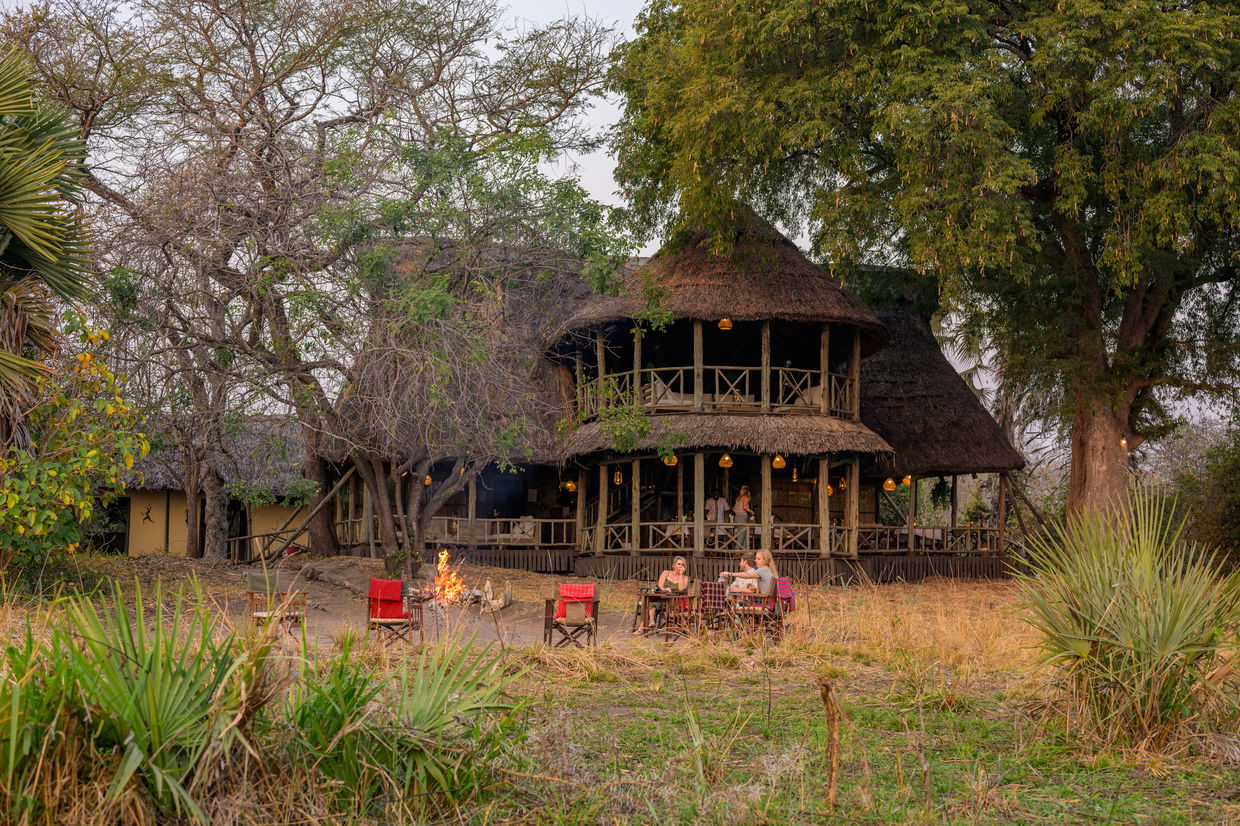
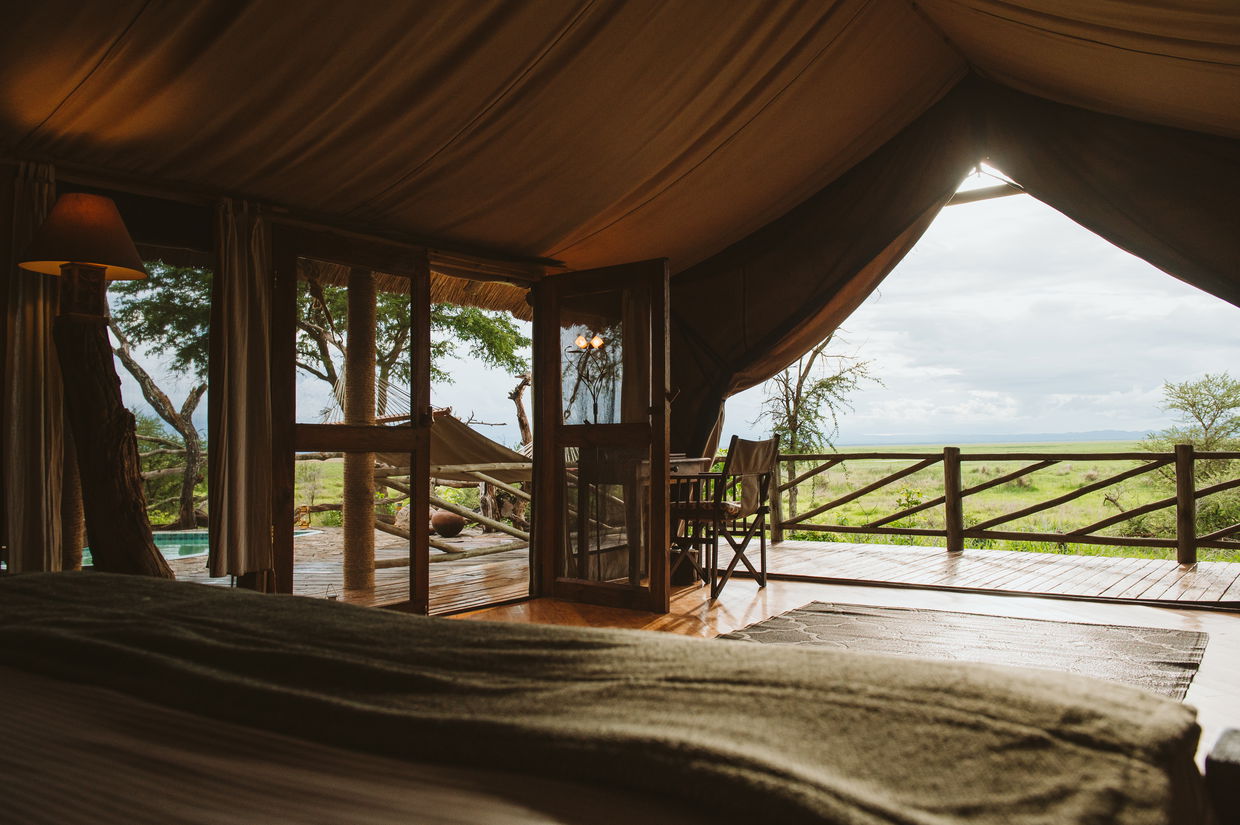
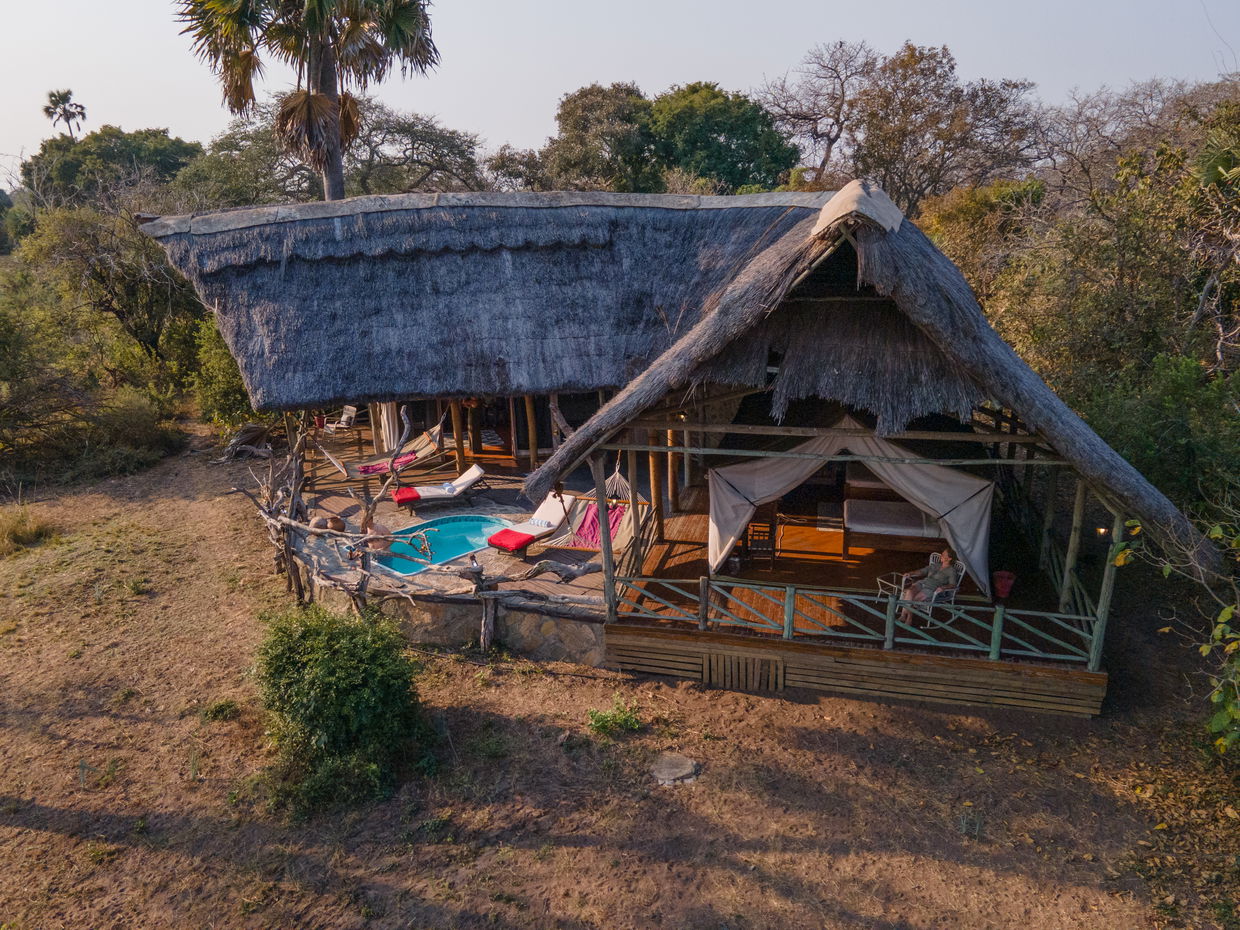
“The national park was established in 1974 and when I first visited in 1999, the park’s visitors book documented around 600 annual visitors,” says Bruce over a gourmet lunch after our game drive. “In 2021 there were 4 227 visitors to the park, according to TANAPA (The Tanzania National Parks Authority). This is substantially fewer to the 272 981 visitors to the Serengeti National Park in the same year.”
This dearth of travellers throughout the year accentuates the feeling that you have this 4 471km2 stretch of wilderness almost all to yourself. The intimate camp is located on the edge of the Katisunga Plain, with each of the six tents, two tented suites, and honeymoon suite overlooking the Katuma River. The double-storey, open-air dining and lounge area, with its telescope, offers an elevated lookout point for unrivalled game viewing. Katavi invites you to immerse yourself in the natural world, to witness the dance of life and death in its most natural form.
When to visit Katavi National Park
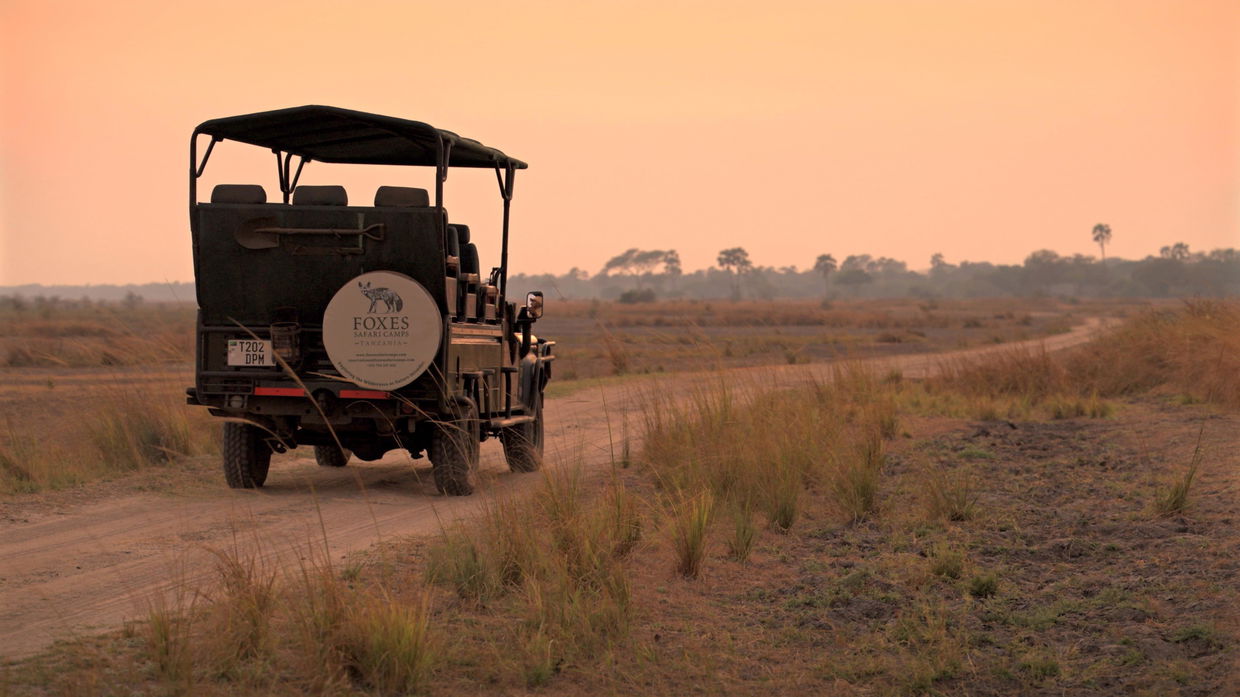
Game viewing at Katavi National Park reaches its peak during the dry season (June to late October) much like at Nyerere National Park (formerly Selous Game Reserve). It’s best to visit before the rains arrive in November, when the wildlife parades to the last of the water. While April is the wettest month of the year, and all camps are closed from the end of February until 1 July, the rains transform the floodplains into some of the best birdwatching opportunities in Tanzania with some 273 bird species.
“You will likely see lions and leopards corner antelope in and around Katavi Wildlife Camp during the dry season,” says Kelvin. This proximity to this kind of unrivalled game viewing action, which literally plays out on your doorstep, is another reason why guests need to be accompanied by Kitamboi Momberine, the Maasai guide, to their suites between dusk and dawn.
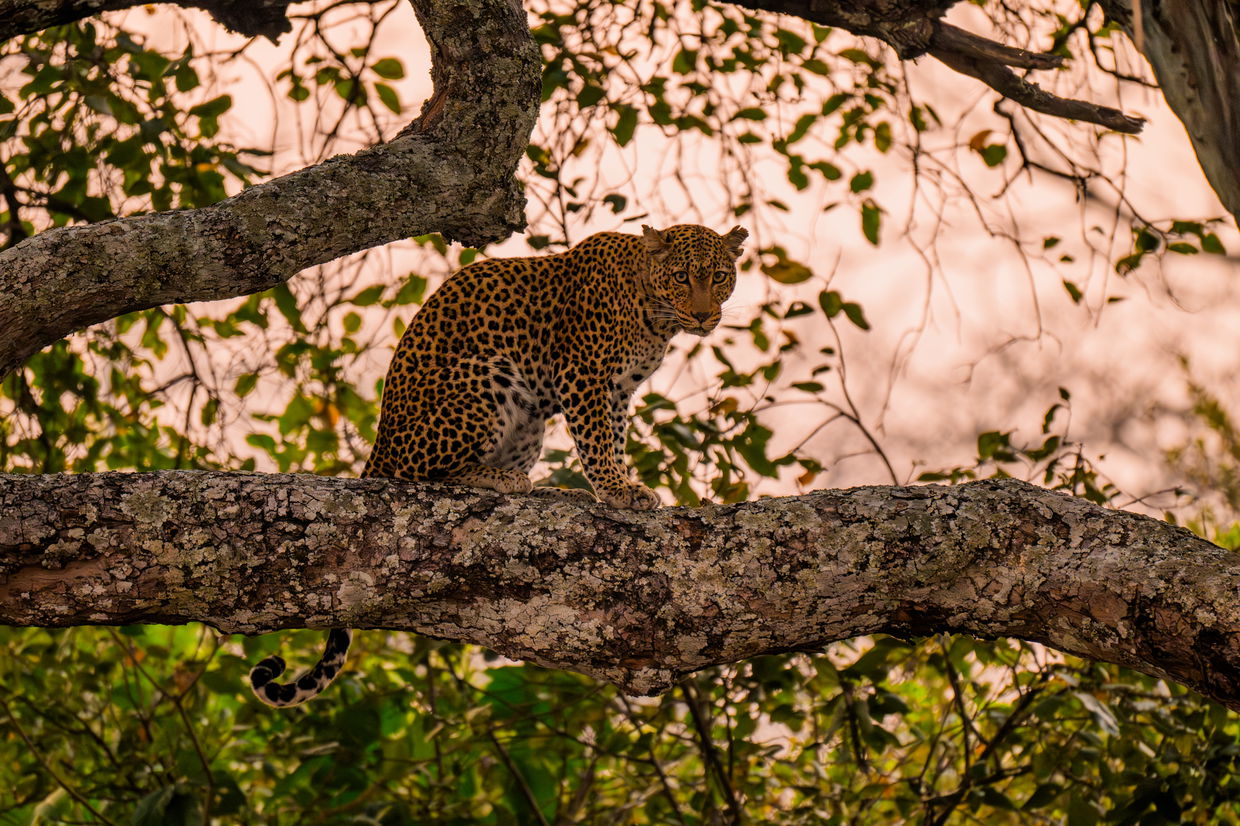

Further Reading
Foxes Safari Camps, a family-owned portfolio of seven camps and lodges across southern and western Tanzania, has been awarded Gold in the ‘Can an All-Inclusive be Responsible?’ category at the 2025 WTM Africa Responsible Tourism Awards, held at the Cape Town International Convention Centre on 10 April.
Journey to Ruaha National Park, Tanzania's untamed wilderness, where the Fox family has built a legacy of conservation and exploration. Discover why Ruaha is the country’s best-kept secret – even though it’s characterised by dramatic landscapes, abundant wildlife and recognised as a global biodiversity hotspot.
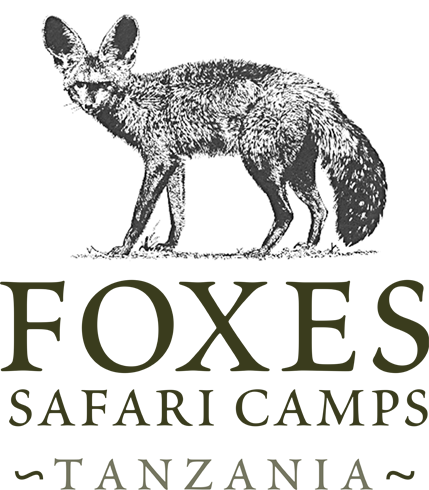
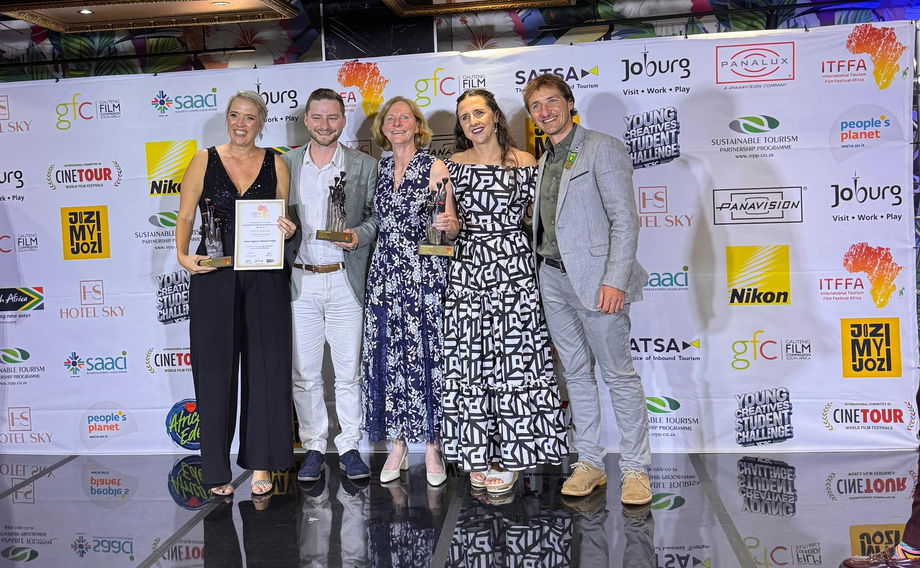
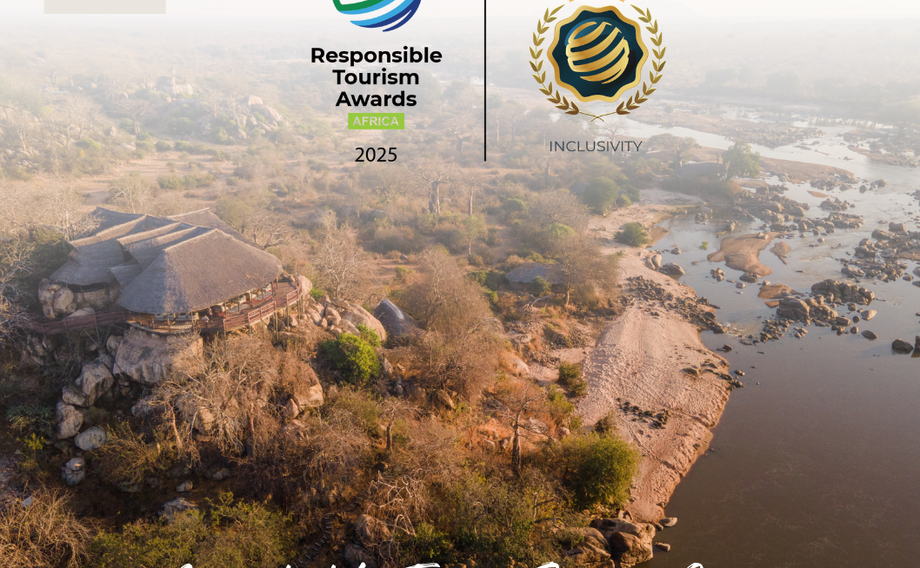

Share This Post